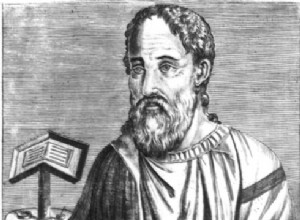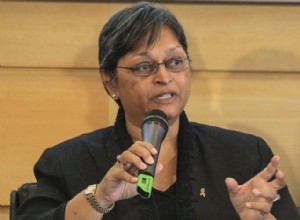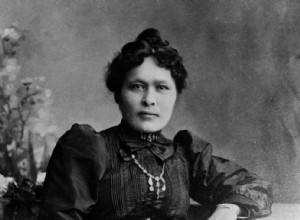To deal with the Breton revolts, Louis I appointed Nominoë, chief of Brittany. Nominoë takes an oath to the emperor. The young prince imposed his authority on everyone and ensured peace. On the death of Louis Le Débonnaire (840), Nominoë went into rebellion against Charles the Bald, King of France.




